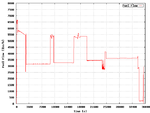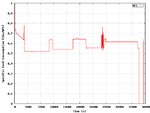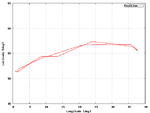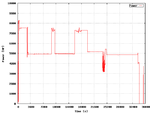Cub Driver
Airman
- 24
- Jun 20, 2007
'Role play'. What's our 'motivation' for wanting to destroy Moscow?-hypothetically.
It wasn't hypothetical. During the Berlin crisis of the late 1940s, Truman sent B-29s to England to impress the Russians with the risks they were running by blockading Berlin. As it happens, they weren't Silverplate models, and the U.S. probably had no deployable atomic bombs at the time, but the bluff was there.
What good is a bluff if it can't be carried out?
Blue skies! -- Dan Ford




